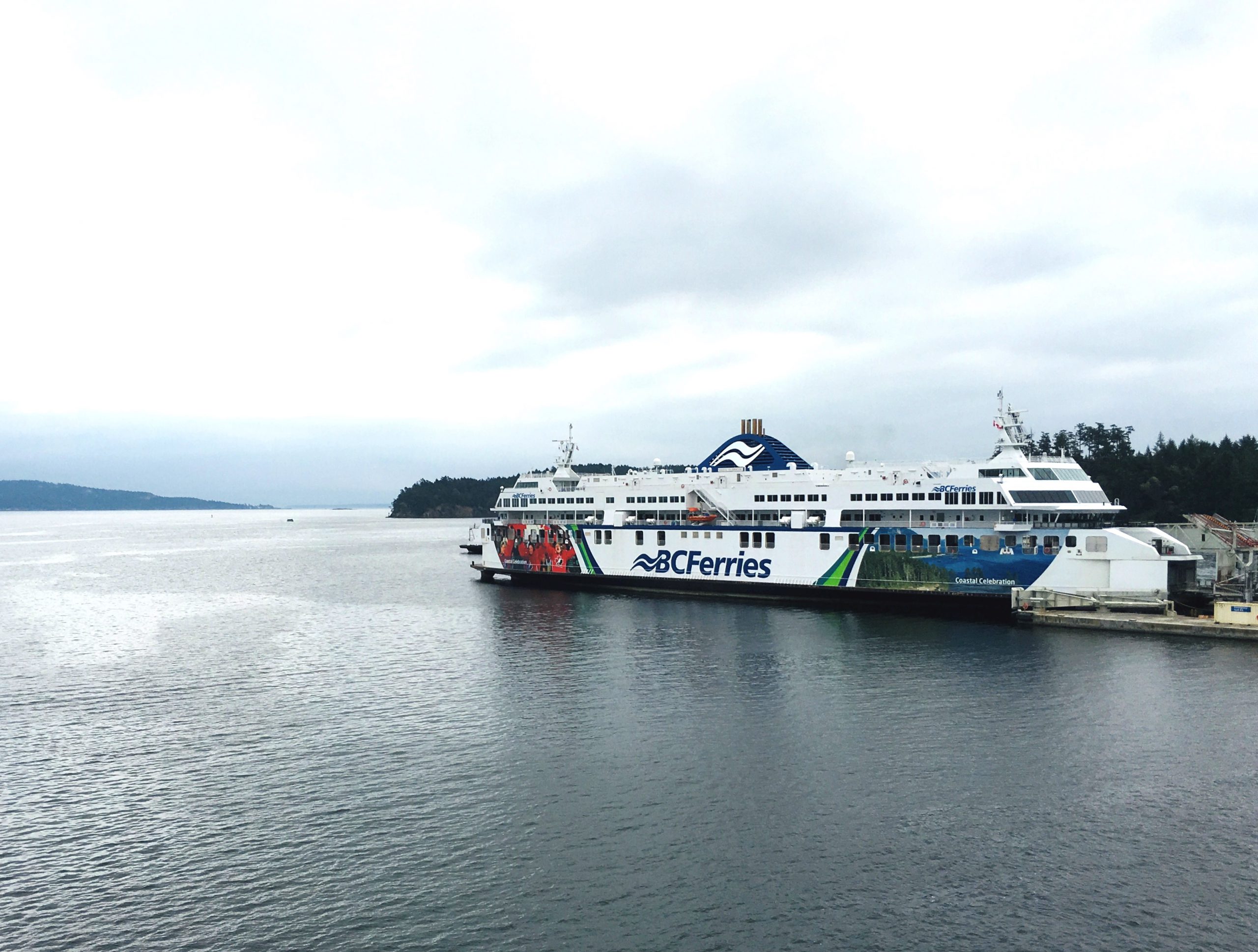BC Ferries is ramping up its service for the summer season.
The company is adding extra sailings to its Vancouver-Vancouver Island and Vancouver-Sunshine Coast routes.
That’s on top of the additional sailings announced last week.
Additional service will be added to the following routes:
- Tsawwassen – Swartz Bay; 33 additional round trips per week
- Tsawwassen – Duke Point; eight additional round trips per week
- Horseshoe Bay – Departure Bay; 30 additional round trips per week
- Horseshoe Bay – Langdale; eight additional round trips per week
Since early June, BC Ferries has added over 300 sailings per month to its major routes.
For full details on the Horseshoe Bay – Departure Bay and Horseshoe Bay – Langdale schedules, click here.
These schedule changes require slight adjustments to sailing times for the Horseshoe Bay – Snug Cove and Earls Cove – Saltery Bay routes to maintain connectivity for customers.
The Tsawwassen – Swartz Bay and Tsawwassen – Duke Point schedules will be updated online today.
“We are keeping capacity well ahead of demand all through the recovery,” said Mark Collins, BC Ferries’ president & CEO.
“Ferry traffic has returned to an average of about 30 per cent lower than this time last year. We are forecasting that it will be two to three years before traffic returns to pre-COVID levels.”
In addition to more capacity, BC Ferries is also making changes to operational procedures.
This includes re-opening the foot passenger overhead walkway at Horseshoe Bay with physical distancing measures in place, giving Langdale sailings priority at Horseshoe Bay, helping passengers return to their vehicles when a vessel is 10 minutes from the dock, and carefully managing the loading of last vehicles to balance on-time performance and capacity.
BC Ferries says can help us help you by:
- returning to your vehicle promptly before arrival;
- parking within 60 centimetres (24 inches) of the vehicle in front of you on the deck of the ship,
- maintaining physical distance from other passengers,
- remaining in vehicles when possible and limiting movement around the vessel and terminal, and
- as per Transport Canada requirements, having a face covering and wearing it while at the terminal or in passenger areas on the vessel.






